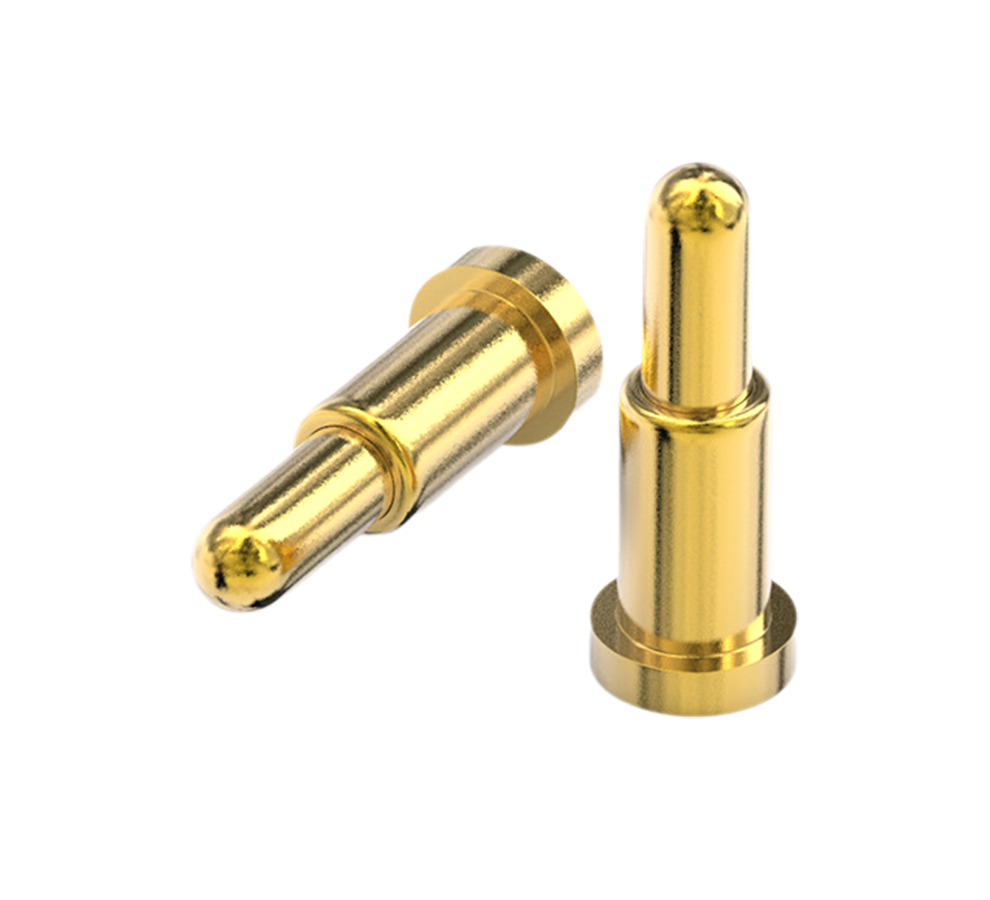Time:2025-05-09 Views:1 source:News

The Pogo pin interface on a tablet serves multiple crucial functions, enhancing the tablet's usability, functionality, and charging capabilities. This interface, composed of small spring - loaded metal pins, has become an integral part of modern tablet design.
One of the primary functions of the Pogo pin interface on a tablet is charging. By connecting the tablet to a charger equipped with corresponding Pogo pins, electrical power can be efficiently transferred to the tablet's battery. This charging method offers several advantages over traditional cable - based charging. For example, it eliminates the need to insert a cable into a port, reducing the wear and tear on the charging port over time. The spring - loaded nature of the Pogo pins ensures a secure connection, even if the tablet is jostled slightly during charging. This is particularly useful in scenarios where the tablet is in use while charging, such as when it is being used as a digital display in a kiosk or when it is being used for video calls on a stand.
The Pogo pin interface also facilitates data transfer. It enables the tablet to communicate with other devices, such as computers, external storage devices, or other tablets. For instance, if a user wants to transfer a large number of files, such as photos, videos, or documents, from their computer to the tablet, they can use a docking station or a specialized cable with Pogo pins. This connection allows for a fast and stable data transfer, often at speeds comparable to or even faster than traditional USB - based data transfer methods. In a business setting, this can be used to quickly sync important files between a tablet used for presentations and a company's network or computer.
Another significant use of the Pogo pin interface on a tablet is for connecting accessories. One common accessory is a keyboard. Many tablets are designed to be used in a more productive, laptop - like mode. By attaching a keyboard case that has its own set of Pogo pins to match those on the tablet, the two can communicate seamlessly. The user can then type on the physical keyboard, which is often more comfortable and faster for extended text input compared to using the tablet's touchscreen keyboard. Additionally, some tablets can be connected to docking stations via Pogo pins. These docking stations may offer additional functionality, such as connecting the tablet to a larger monitor, external speakers, or additional USB ports, effectively turning the tablet into a desktop - like workstation. In an educational environment, students can use a tablet with a Pogo - pin - connected keyboard and docking station to write essays, access learning materials, and present their work more effectively.
Read recommendations:
Magnetic connector self contact
Magnetic connector applied to consumer electronics
Pogopin Connectors in High - Speed Rail
Miniature magnetic connector for space - constrained industrial devices